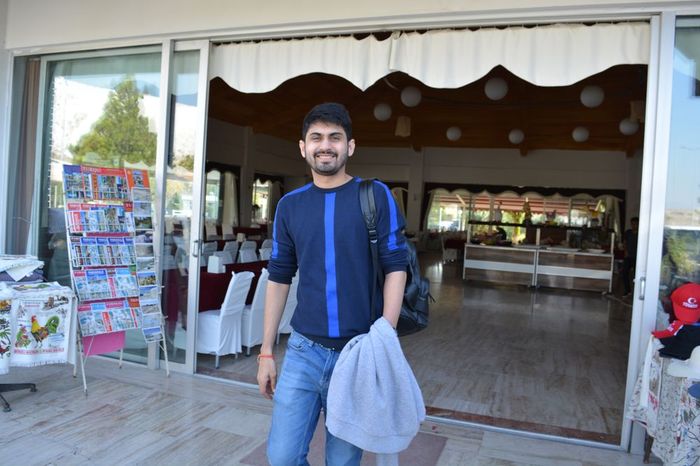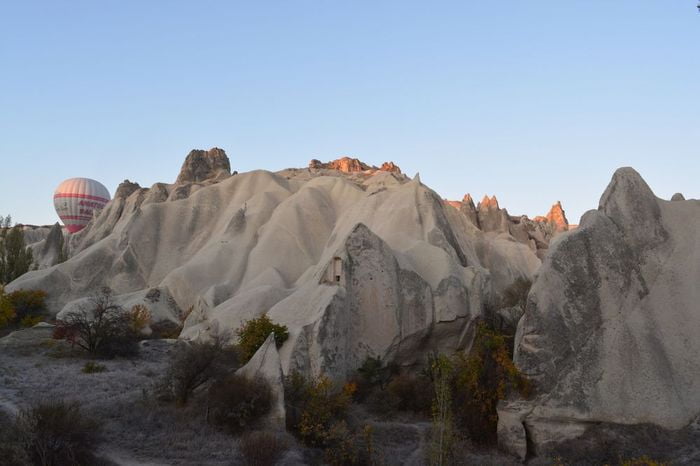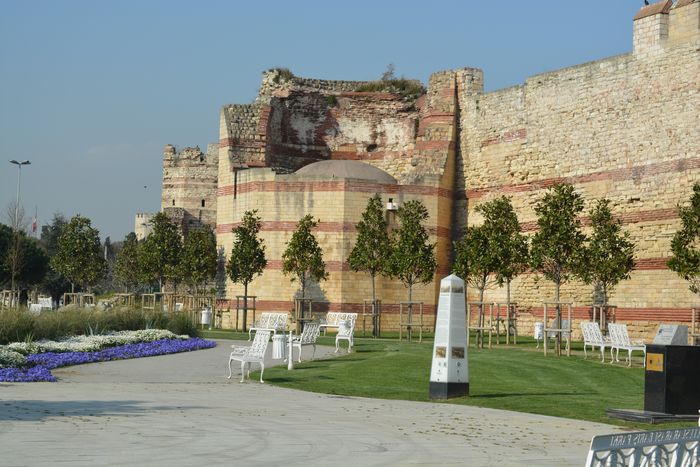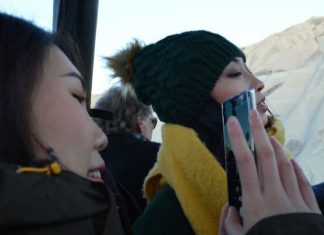The old pagan sarcophagi had been carved with figures of gods, garlands of flowers, and symbolic ornament; pagan cemeteries, rooms, and temples had been painted with scenes from mythology. The Christian sarcophagi were ornamented with indifferent or symbolic designs — palms, peacocks, vines, with the chi-rho monogram (long before Constantine), with bas-reliefs of Christ as the Good Shepherd, or seated between figures of saints, and sometimes, as in the famous one of Julius Bassus with elaborate scenes from the New Testament. And the catacombs were covered with paintings. There are other decorations such as garlands, ribands, stars landscapes, vines-no doubt in many cases having a symbolic meaning.
One sees with some surprise motives from mythology now employed in a Christian sense (Psyche, Eros winged Victories, Orpheus), and evidently used as a type of our Lord. Certain scenes from the Old Testament that have an evident application to His life and Church recur constantly: Daniel in the lions’ den, Noah and his ark, Samson carrying away the gates Jonas, Moses striking the rock. Scenes from the New Testament are very common too, the Nativity and arrival of the Wise Men, our Lord’s baptism, the miracle of the loaves and fishes, the marriage feast at Cana, Lazarus, and Christ teaching the Apostles. There are also purely typical figures, the woman praying with uplifted hands representing the Church, harts drinking from a fountain that springs from a chi-rho monogram, and sheep.
Christ as the Good Shepherd
And there are especially pictures of Christ as the Good Shepherd, as lawgiver, as a child in His mother’s arms, of His head alone in a circle, of our Lady alone, of St. Peter and St. Paul — pictures that are not scenes of historic events, but, like the statues in our modern churches, just memorials of Christ and His saints. In the catacombs there is little that can be described as sculpture; there are few statues for a very simple reason. Statues are much more difficult to make, and cost much more than wall-paintings. But there was no principle against them. Eusebius describes very ancient statues at Caesarea Philippi representing Christ and the woman He healed there (Church History VII.18; Matthew 9:20-2). The earliest sarcophagi had bas-reliefs. As soon as the Church came out of the catacombs, became richer, had no fear of persecution, the same people who had painted their caves began to make statues of the same subjects.
Read More about Norman West part 6








